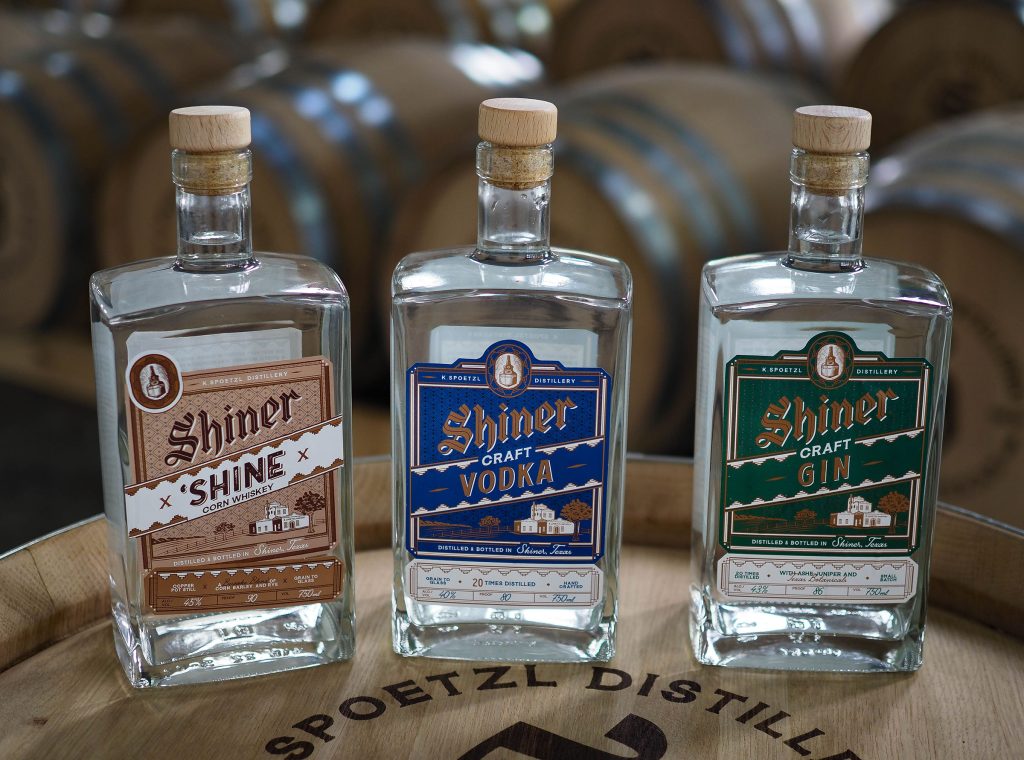Opening the Mysteries of Distillery Processes: A Comprehensive Review
Within the world of distillery procedures exist complexities that frequently continue to be veiled to the casual viewer. From the precise art of mashing and fermentation to the alchemical changes that happen throughout distillation, each action holds its very own secrets waiting to be untangled. As we venture into the midsts of spirit aging strategies and the accuracy of quality assurance steps, a tapestry of tastes and scents arises, formed by ingenious techniques and time-honored traditions. Join us as we get started on a journey to demystify the enigmatic globe of purification, where science satisfies virtuosity in a harmonious blend that mesmerizes the senses.
The Art of Mashing and Fermentation
In the distillery procedure, the art of mashing and fermentation plays an essential role in changing raw products right into the first stages of alcohol production. Mashing entails the procedure of damaging down the starches in grains like barley, corn, or rye, into fermentable sugars.
Yeast, a crucial player in this phase, is added to the wort to start the fermentation process. This transformative process generally takes numerous days to complete, depending on the desired alcohol web content and flavor account.
Mashing and fermentation are elaborate procedures that set the structure for the alcohol that will become distilled and aged to produce a final product with unique features and tastes.
Comprehending the Purification Process
One of the critical phases in the manufacturing of alcohol involves comprehending the purification procedure. Distillation is an approach used to separate alcohol from the fermented fluid, commonly through heating and cooling processes.

Recognizing the distillation procedure is important for distillers to control the high quality, toughness, and taste of the alcohol being created. By understanding the art of purification, distilleries can create a vast array of spirits with distinct attributes that appeal to various consumer choices.
Tricks of Spirit Aging Techniques
Checking out the intricacies of spirit aging techniques reveals the concealed artistry behind the advancement of nuanced tastes and fragrances in distilled beverages. The aging process is a critical stage in the manufacturing of spirits, where the liquid engages with the oak barrels, taking in compounds that enhance its account in time. One of the tricks to effective aging hinges on the option of barrels. Distilleries commonly make use of charred oak barrels, which present unique flavors to the spirit through a procedure of extraction and oxidation. The period of aging is one more critical variable that distillers very carefully regulate to attain the wanted preference account. Longer aging durations have a tendency to result in smoother, much more complicated spirits, while shorter periods may highlight strong, younger qualities.
Moreover, the environmental conditions in which the barrels are saved play a considerable role in forming the end product. Variations in temperature level and humidity can affect the price of aging and the communications between the spirit and timber. Master distillers skillfully browse these variables to craft spirits with unique characters, embodying the culmination of classic customs and cutting-edge methods.
Quality Assurance and Testing Approaches
The careful craftsmanship showed in choosing barrels and regulating aging periods in the spirits manufacturing process underscores the critical relevance of rigorous quality assurance procedures and specific screening approaches (Galveston Liquor). Quality assurance in distilleries involves several stages to make certain that each batch satisfies the wanted standards. From basic material evaluation to end product analysis, each action is crucial in preserving uniformity and excellence
One necessary facet of quality control is sensory analysis, where trained experts evaluate the fragrance, flavor, and general high quality of the spirits. Chemical evaluation strategies such as gas chromatography and mass spectrometry are employed to discover any type of contaminations or variances from the wanted composition. Additionally, physical tests like density measurements and pH evaluation provide further insights into the product's qualities.
To ensure adherence to inner requirements and regulative requirements, distilleries also perform microbiological screening to examine for any kind of microbial contamination that might impact the product's safety and security and life span. By implementing robust quality assurance and testing approaches, distilleries can maintain their credibility for look what i found producing costs spirits continually.
Checking Out Unique Flavor Infusions

In the process of flavor mixture, the selected botanicals are added to the base spirit and left to emaciate or steep for a specified duration. This permits the alcohol to draw out the tastes and crucial oils from the botanicals, causing an unified blend of tastes (Distillery in Galveston). Distilleries may also use strategies like vapor infusion or basket mixture during distillation to pass on specific tastes to the spirit
Additionally, some distilleries select barrel aging or barrel finishing techniques to present extra complexity and deepness to their spirits through communications with the timber. These approaches add to the development of unique taste profiles that attract a discerning target market seeking book and memorable alcohol consumption experiences.
Conclusion
Recognizing the scientific research behind these processes is vital for generating premium spirits. By opening the secrets of distillation, distillers can create flavorful and distinct spirits that appeal to a large variety of customers.
As we venture right into the depths of spirit aging techniques and the precision of high quality control procedures, a tapestry of scents and tastes emerges, shaped by ingenious methods and time-honored customs. Distilleries usually make use of charred oak barrels, which impart distinct flavors to the spirit through a procedure of removal and find out this here oxidation.Making use of a diverse variety of active ingredients and botanicals, distilleries can craft special taste infusions that set their spirits apart in an affordable market. Galveston Whiskey.In the process of flavor mixture, the picked botanicals are included to the base spirit and left to emaciate or high for a specific duration. Distilleries may also employ methods like vapor mixture or basket infusion throughout purification to give particular flavors to the spirit